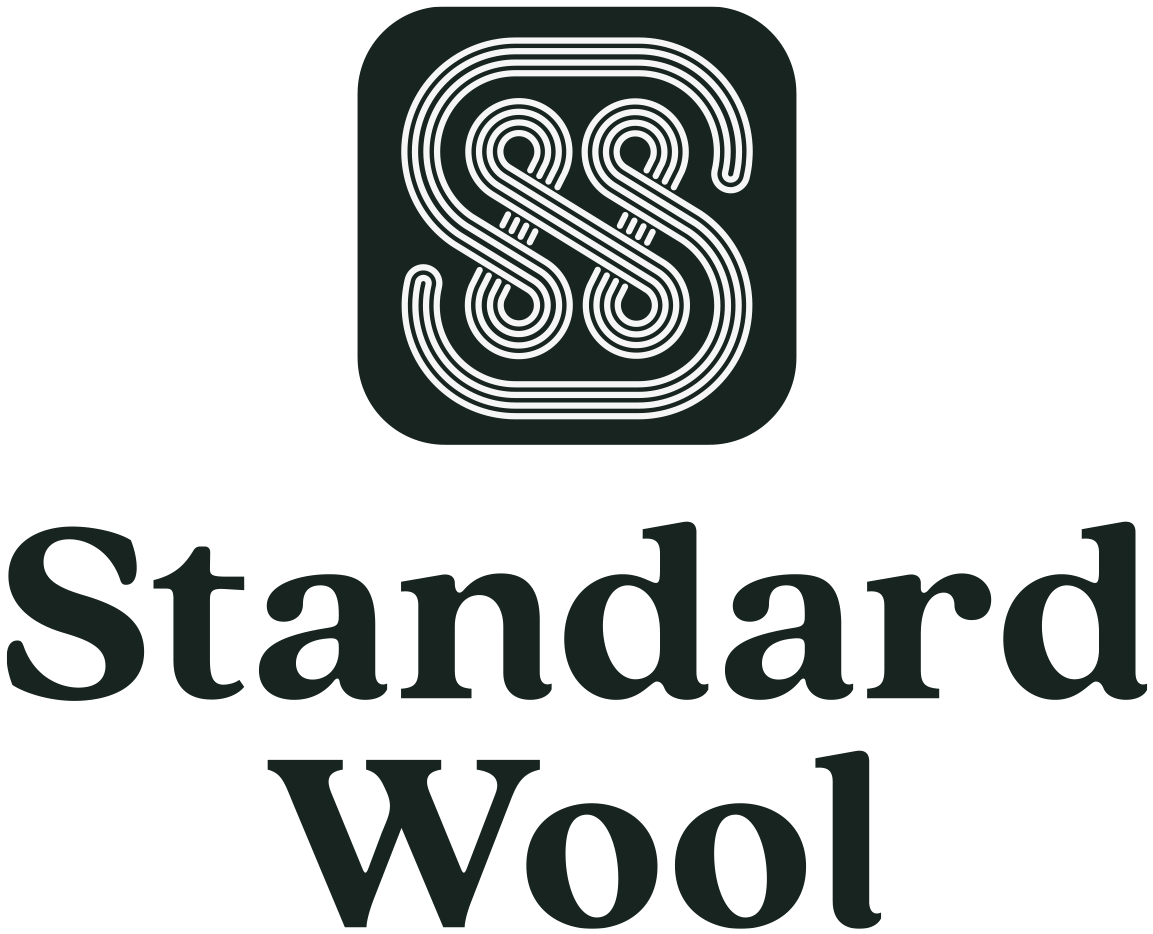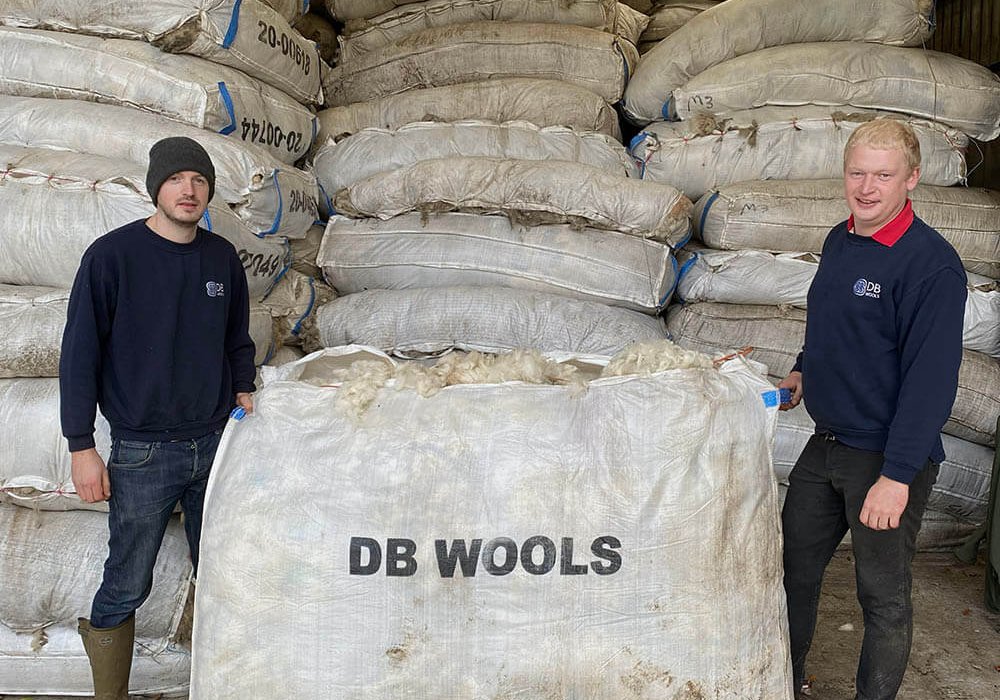About Peter

My name is Peter Handley, I am a Wool Trader at Standard Wool UK Ltd.
I am a farmer’s son, and was brought up on our family farm, which is situated on the moorlands in the Ribble Valley, Lancashire. Our 2,500 acre farm runs around 900 ewes, Swaledale, LLeyn and their crosses, mainly producing store lambs.
When I was 16 I attended the British Wool Marketing Board shearer training course which was held on our farm. We have held these courses on our farm for the past 10 years and it has trained many shearers, from people with only a few sheep that just want to be able to shear their own safely and properly, to professional shearers looking to turn shearing into a full time job, shearing in the UK for 3-4 months, then travelling to New Zealand and Australia in our winter. I attended these courses for a few years before I was awarded the Gold Seal Certificate.
I left school at 16, working on the farm, sheep shearing in the summer for local farms before doing a stint harvesting timber. At 19 I decided to travel to New Zealand for 6 months, where I attended a TECTRA shearing course, sheared sheep, worked on farms and by chance ended up working for a wool buyer/exporter.
After stints working at a wool scour, buying wool directly from farmers in Ireland and wool sorting, I finally ended up here at Standard Wool, buying wool from around the world, scouring the wool and selling it to mills.
I’m very lucky in having the opportunity to see this industry from both sides, and understand the problems faced by farmers to carpet sellers.
How come wool prices hardly cover the cost of shearing?
Wool prices in the UK will only just cover the cost of shearing, and that’s on bred/crossbred wools. Us poor Swale farmers have no chance! (I’ve seen people trying to burn Swaledale fleeces in the past, it doesn’t burn so easily…) For example, shearers will charge around £ 1.20 per sheep to shear, crossbred fleece will be around 2.5kgs at £ 1.00/kg. I remember my Grandad saying the wool cheque would pay the rent of the farm for the year, those days look well and truly gone!
Even though wool is a superior fibre to man-made Nylons and Polymers, it still has to be comparative in price. The sad thing is that technology and quality in the man-made fibres is improving. The majority of UK wool is used for making carpet, as it is mainly too coarse for knitwear. Wool still has a reputation for being naturally hard wearing, and has flame retardant properties, so is still used for Hotels, Cruise liners, Aeroplanes etc. But the common household tends to go for the cheapest option as people don’t need a carpet that will last 20 years.
Why does New Zealand and Australian Wool command a higher price?
The majority of Australian wool is Merino, Merino Crossbred or Corriedale. These are much finer than UK breeds, being used for suit making and fine knitwear. As the diameter of each fibre is finer, it is able to produce a finer yarn, and also is much softer to the touch so it doesn’t itch like the jumpers my gran used to knit.
New Zealand Wool is more like UK wool. The main base breed is a Romney, sometimes crossed with other breeds, Drysdale, Perendale, Corriedale. With only a few breeds, the wool quality does not differ as much as it does in the UK, for example even a Welsh mule has totally different wool to a Scottish Mule. New Zealand farmers over the years have managed to make their wool practically free of kemp (under hair most commonly found in hill breeds) and also black fibre. – In the last few years they have introduced Suffolk + Southdown breeds to improve lamb quality, but these are usually shorn and kept separate. This is a benefit for a mill, as the kemps do not take colour dye, so stand out in the yarn as does the black fibre.
Both countries farms also have the economies of scale, and this is the same story as per the meat exports.
What is being done to improve prices back to the farmer?
UK wool still commands a higher price in the market place compared to many other Crossbred producing countries. It is renowned for its durability, resilience, strength and bulk.
There are many initiatives been set up to try and educate people on the qualities wool naturally possesses, for example the Campaign For Wool set up by Prince Charles has done a lot to promote woollen products across the globe. It is about educating the general public the qualities wool has over Man-made fibres, the main one for me is always the fact it grows back every 12 months!
How can farmers improve their wool clip and secure the best return possible?
A few things I’ve seen on farm, and also feedback from the mills.
If the sheep are wet, don’t shear them! – I know it sounds obvious, but it is surprising how many sheep are shorn damp. If the wool is damp the fibre goes weak and the wool stains yellow. This causes breakages in the yarn, and also affects the yield of the wool through the carding.
If housing sheep, don’t house on fresh straw. – Straw and hay is a spinning mills worst nightmare, it intertwines with the wool fibre and goes right through the carding and spinning into the finished yarn. Sawdust is much better, as we can wash it out of the wool during the scouring.
Use marking paint conservatively – Although most maker paint does come out in the scouring process, it is still very difficult to fully remove, I’ve seen instances where mills have produced an undyed yarn, and the paint has come right through into the yarn.
No baling twine/net wrap – I have been to a couple of mills who have found a foreign bright orange fibre in their finished yarn… The same as with straw and hay, it breaks up and intertwines with the wool.




